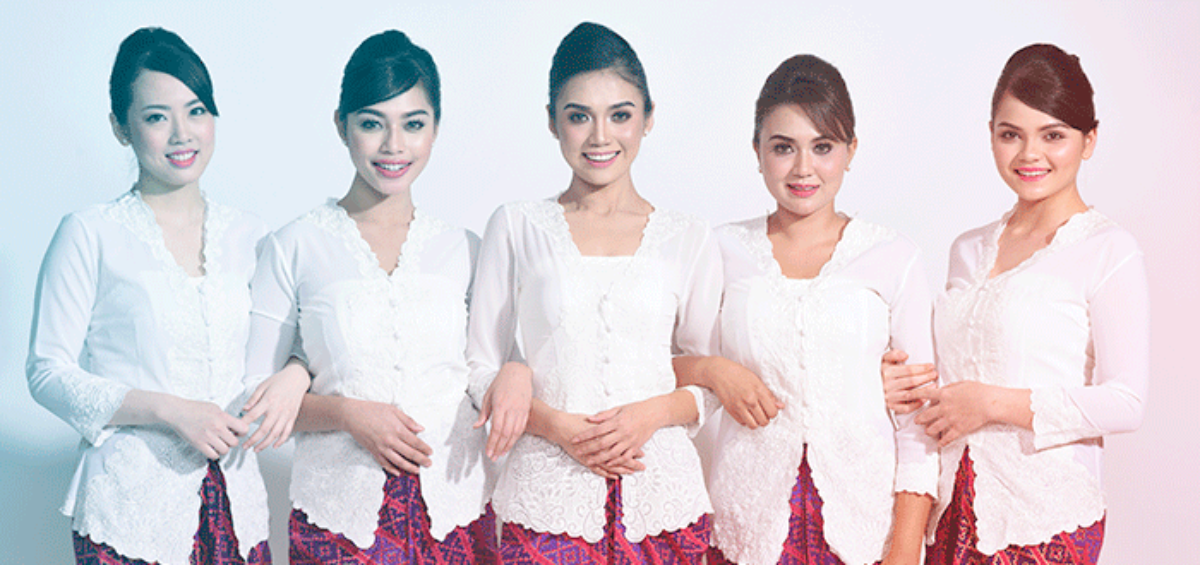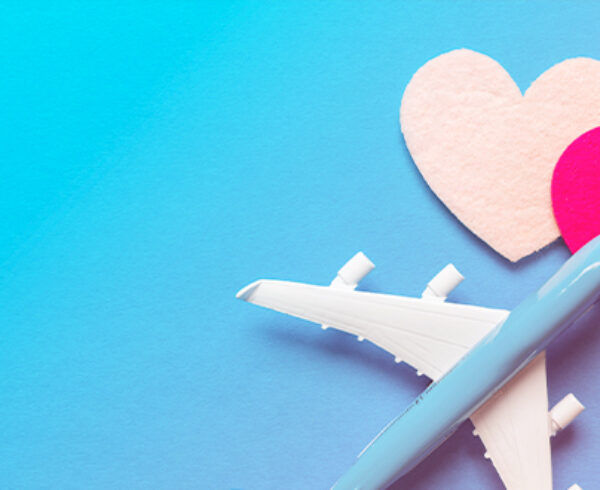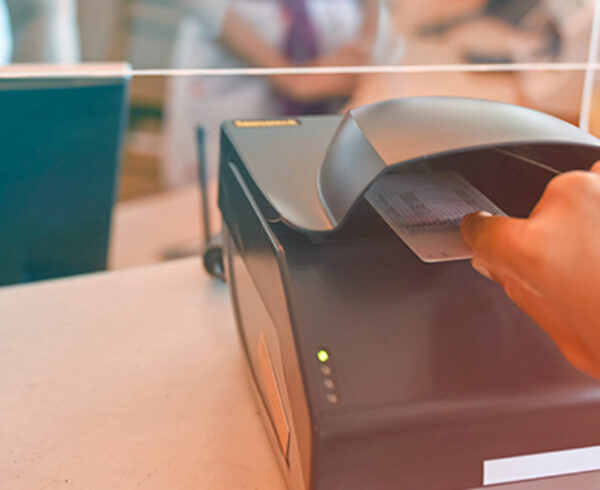The role of the flight attendant has evolved through the decades. What do flight attendants do in the 21st century? And how does that impact travel safety?
Jet-setting as a job and getting to visit destinations around the world sounds like wonderful work. But what do flight attendants do on a day-to-day basis? A closer examination of a flight attendant’s role demonstrates that, yes, while flying as a job is nice, it’s not all glamour. A lot of hard work and preparation goes into serving as a flight attendant.
Here’s a look at how the role of flight attendant has evolved through the decades, plus a checklist of the many different duties that flight attendants handle in the modern age.
The Evolution of a Flight Attendant’s Role
The earliest passenger flights traveled at much lower altitudes than today’s jetliners. This meant that turbulence was prevalent and that crashes were far more common than they are in the modern age.
In 1930, a nurse and licensed pilot named Ellen Church became the first-ever flight attendant. She handled some of the same duties as today’s flight attendants, helping passengers with their luggage and passing out lunches. But the presence of a woman on these early passenger flights was designed to put passengers at ease about the dangers of flying.
Unfortunately, the criteria and process used for hiring flight attendants in these early years was steeped in sexism. In 1938, a Time Magazine story about flight attendants revealed that airline’s wanted only women who were “pretty, petite, single, graduate nurses, 21 to 26 years old, 100 to 120 lbs.”
In the early days of commercial air travel, flight attendants were known as “stewardesses.” They would typically start work shortly after finishing school and before heading off to college or choosing a spouse. Airlines carefully controlled how flight attendants styled their hair and how they dressed. Gaining weight above airline limits or even failing to shave their legs were fire-able offenses. The primary duties remained the same, though: helping with baggage, serving food and drinks, and, when needed, assisting with the health and safety needs of passengers.

In the late 1960s, things finally started changing. In 1968, federal courts ruled that airlines could not hire only unmarried flight attendants, or prevent existing flight attendants from getting married. Two years later, airlines collectively removed rules that stated flight attendants could not get pregnant and continue working. In the early 1970s, the Supreme Court overturned airline restrictions on men serving as flight attendants. In the years following that Supreme Court decision, the more gender-neutral term “flight attendant” began to replace the term “stewardess.”
Two important world events have shaped the modern role of the flight attendant. First, the 9/11 terrorist attacks heightened the importance of flight attendants monitoring for any activity that may be suspicious. Second, the COVID-19 pandemic has brought new duties related to health and wellness, including the enforcement of mask rules. During the height of the pandemic in 2020, flight attendants also put themselves at grave risk of infection by continuing to work and exposing themselves to vast amounts of people moving around the world.
5 Duties: What Do Flight Attendants Do in 2021
Given the evolution outlined above and the major world events that have shaped the role of flight attendant, what do flight attendants do in 2021? Here’s a look at the 5 primary duties of a flight attendant, including some of the same duties that Ellen Church and the first flight attendants handled in the 1930s — but also duties that are relatively new to flight attendants.
1. Stowing Baggage
The moment you step on a plane, one of the flight attendants will greet you. And then you’ll notice that all of the other flight attendants are busy assisting passengers with their baggage. In the modern age, overhead bin space is often limited. Flight attendants help passengers find space available as the plane fills up, and they also help them securely stow baggage in alternative areas if and when the overhead bins become full.
You’ll notice that all of the duties of a flight attendant as outlined by major carriers like United are related to safety. Even stowing baggage has safety implications. You’ve likely noticed flight attendants walking down aisles and making sure all overhead storage bins are securely closed before a flight takes off. They are doing this to ensure that bins don’t pop open, and the baggage does not fall out if the flight experiences turbulence.

2. Food and Drink
Just like Ellen Church and early flight attendants passed out lunches, modern flight attendants serve food and drink to passengers. On short flights, food and drink service may be limited to a beverage and a light snack. On longer flights, food service includes full-blown meals — or even multiple meals on international flights.
Again, there is a health and safety aspect to food and drink service. Because airlines serve alcohol, flight attendants are required to monitor the consumption of passengers — and to cut them off if and when they’ve had too much to drink.
3. Waste
One of the other prominent duties of flight attendants is removing waste from the cabin and generally keeping the entire plane neat and organized — including lavatories. We’ve all seen flight attendants moving up and down aisles and soliciting waste from anyone who has it — whether after an in-flight meal or before landing.
Much of what a flight attendant does both when storing baggage and collecting waste is designed to make it easy for passengers to leave the plane if needed during an emergency. If the plane needed to make an emergency landing, it would be important that all passengers have clear paths to leave safely. Stowing baggage properly and removing waste efficiently help maintain these clear paths for departure.

4. First Aid
You are less likely to have seen a flight attendant delivering first aid than to have seen a flight attendant stowing baggage. But first aid is an essential part of a flight attendant’s duties. If and when there is a medical emergency on board, flight attendants have 6 primary tasks:
- Keep everyone calm while assessing the situation.
- Speak to passengers to gain information about the situation.
- Find and wear the proper protective equipment for delivering first aid.
- Identify signs of an existing medical condition (like a medical ID necklace or bracelet).
- Ask if there are doctors or nurses aboard the flight who can lend assistance.
- Prioritize and treat symptoms or injuries in order of severity.
Flight attendants can make a serious difference in their roles as first responders. For example, simply providing CPR to someone experiencing cardiac arrest can double or triple the rate of survival. Flight attendants are sometimes put in position to make this difference for passengers.
5. Safety
Most passengers only see a flight attendant’s safety role during the initial safety orientation before takeoff. But, if your flight were to experience a significant safety issue, you would see flight attendants spring into action.
Flight attendants play an important operational role during safety issues, helping passengers with oxygen masks, fire extinguishers, aircraft doors, evacuation slides, life rafts, and other safety-related equipment. Similar to their duties during medical events, flight attendants are also required to keep passengers calm if and when there’s a threat to safety.
After safety incidents, flight attendants file reports that create a record of what happened. These records can be referenced later as needed, whether as part of investigations or to learn from in-flight incidents.
Where is Your Next Business Trip?
The role of a flight attendant was undoubtedly difficult in the midst of the COVID-19 pandemic. Thankfully, the pandemic is beginning to recede, and the role of flight attendant is somewhat getting back to normal. As the world opens up again for travel, where are you going on your next business trip?
At JTB Business Travel, we serve as a travel management company to businesses large and small that ask their team members to hit the road for work. We help these companies save on travel spend, while creating comfortable and productive itineraries for their Travelers. Behind everything we do is a common-sense approach to business travel.
Get in touch to learn more about how we can support your business and its Travelers.














Leave a Comment